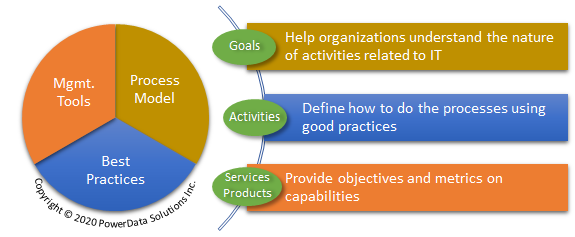
One of the overly used phrases in information technology (IT) and business these days is the alignment of IT and business strategies. Rarely, do you hear or read other practices such as legal and accounting make similar statements that they align their objectives with those of business. That’s because IT seems to lose focus and starts creating its own path overtime, and more often than not this is done impulsively. Just under 50% of successful organizations rank themselves as being effective at aligning digital strategy and business strategy so to have one singular strategy. While businesses use tactics and strategies to achieve their objectives, which is to maximize profits, the role of technology is to support and enforce that objective. Businesses set goals, create activities to achieve those goals, which ultimately results in quality products and/or services. But how does one go about making sure that IT stays true to the goals and objectives of the business? When adopting technology, a business should answer one simple yet powerful question, regularly: What business expects from information, at what acceptable risk and at what cost?
This is where IT governance comes into play. Essentially, IT governance is an extension of an enterprise governance. It is a framework that provides a structure for organizations to ensure investments in technology support business objectives. By following a framework, organizations can produce measurable results toward achieving their strategies and goals and stay focused on what truly matters to the business. A well-documented and openly-communicated framework focuses on the needs and the interests of the users and customers and the processes they follow.
A practical framework provides guidance on how to organize your IT activities so to have predictability, reliability, and certainty. Just as a business uses goal and activities to produce the desired products/services as outcomes, IT has process models, best practices, and measurement tools to make sure best practices are actually providing the desired results. Not surprisingly, technology comes with risks and dangers. A solid framework also needs to anticipate dangers to the business and handle those appropriately.
Business owners need technologist and technology solutions that promote and facilitate the needs of business. Technology ought not to dictate how a business should run its business.
-Max
